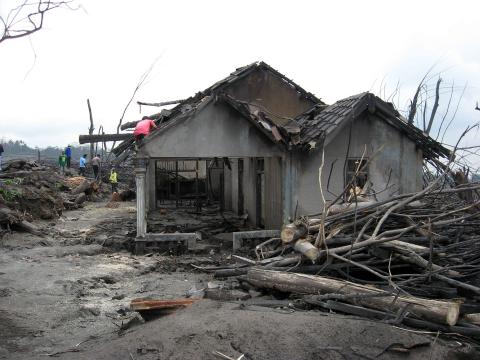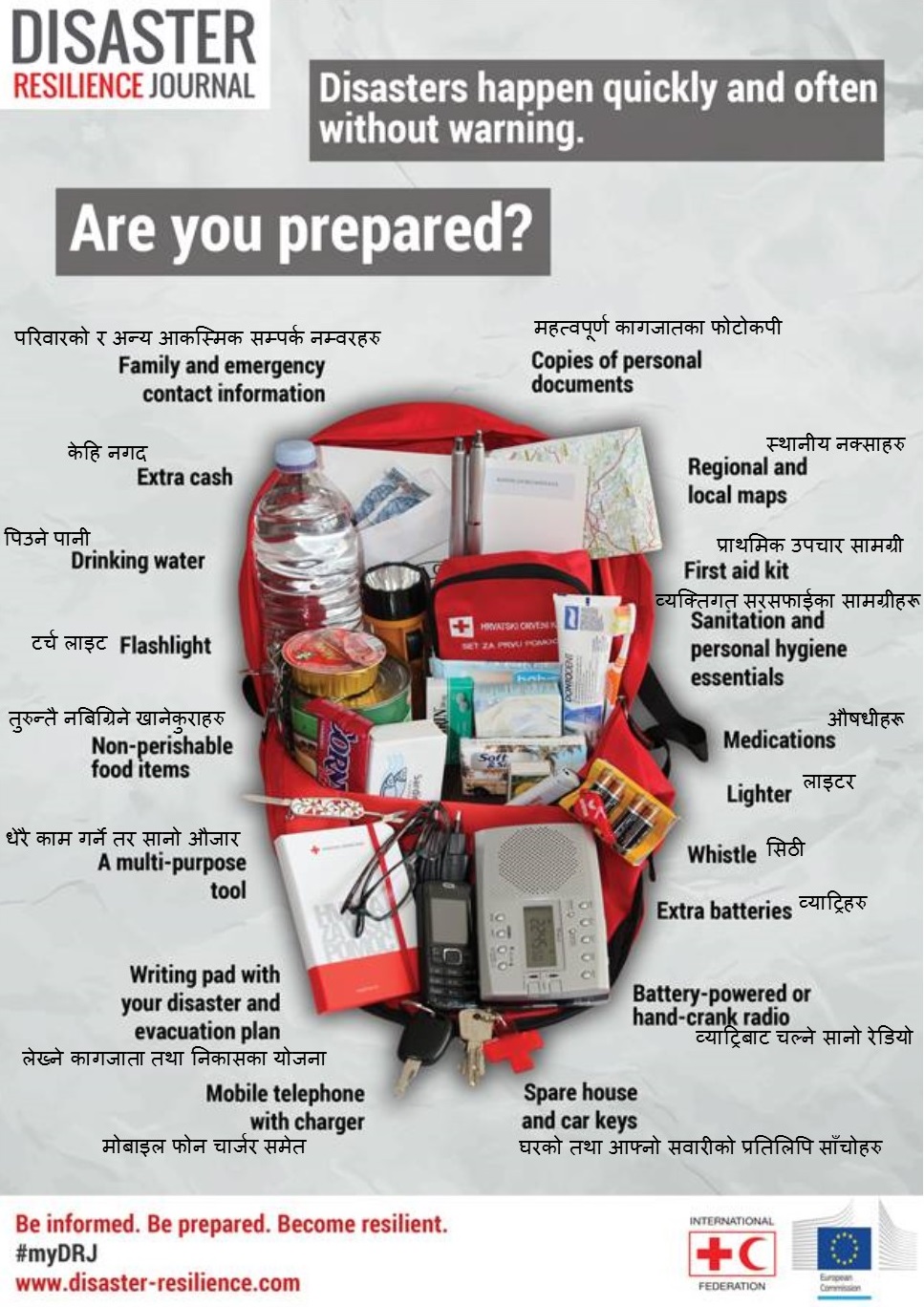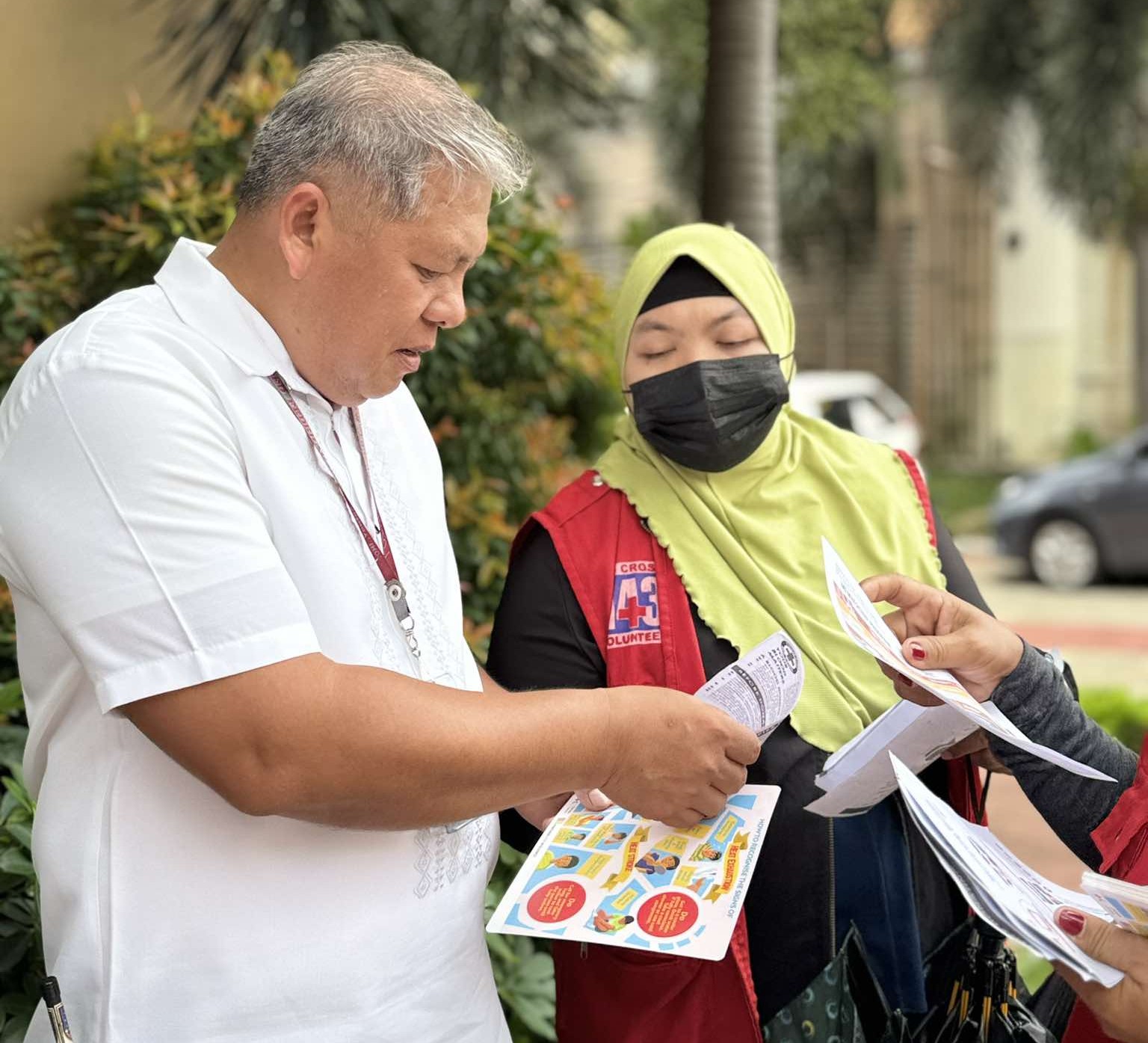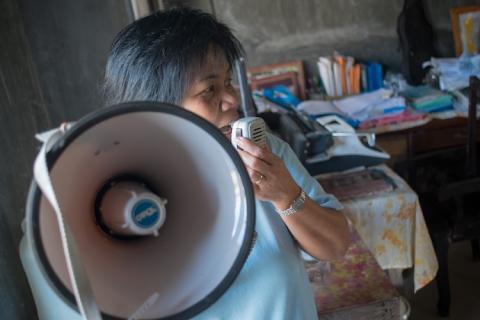The Role of Culture in Risk: When belief systems and interpretations differ

There is no universal understanding of risk. For most people it is perceived through the lens of culture, including social and religious beliefs.
The Island of Java is home to Mount Merapi, the most active volcano in Indonesia. Merapi has erupted regularly since 1548, and smoke billows from its peak 300 days a year.
Many islanders believe the god of the volcano and mythical creatures control Merapi’s behaviour. These forces are interpreted by a ‘spirit guardian’, who alerts the communities of impending risk. On 25 October 2010, the Indonesian government urged nearly 19,000 villagers to move to safer ground, but the spirit guardian told the people to stay. Subsequently, he and over 300 others died in the eruption. This story is about cultural differences and how they play a role in disaster preparedness and response.

We spoke with Terry Cannon, Research Fellow at the Institute of Development Studies (IDS) and co-editor of the 2014 World Disasters Report, about the topic of culture and risk.
With a population of over four million, Abidjan is the third largest French-speaking city in the world. It is the financial capital of French West Africa, but over 43% of housing is not connected to sewage systems. Like on the Island of Java, religious beliefs are often how people understand the uncontrollable events around them. In August 2008, the Kosi River – which is named after a Hindu goddess — flooded villages in Northern India. Villagers there believed they had not made sufficient offerings or prayed enough.
Apart from religious ties to a location, many people live in risky places for economic reasons: some because they are living in poverty without many options, and others because the location is where they earn their livelihoods.
Terry said that when you ask people what they are concerned about, they rarely talk about infrequent disasters. Instead, they mention health issues, clean water and protecting their livelihoods. By diversifying livelihoods, we can prevent displacement and enable people to re-establish their lives quicker.
This underlines the importance of properly considering these dynamics when designing participatory disaster risk reduction programmes.
This story is part of the Disaster Resilience Journal. The Disaster Resilience Journal is an interactive documentary that examines how individuals, communities and countries around the world are building resilience in a landscape of climate change, and social, economic and cultural shifts. Discover the set of 42 stories, games, maps, interviews and quizzes that make up the Disaster Resilience Journal at:
http://www.disaster-resilience.com/

Learn more about the World Disasters Report here: http://www.ifrc.org/wdr
Lessons Learned :
Supporting Materials :



